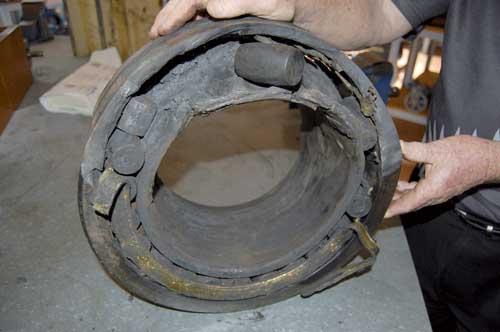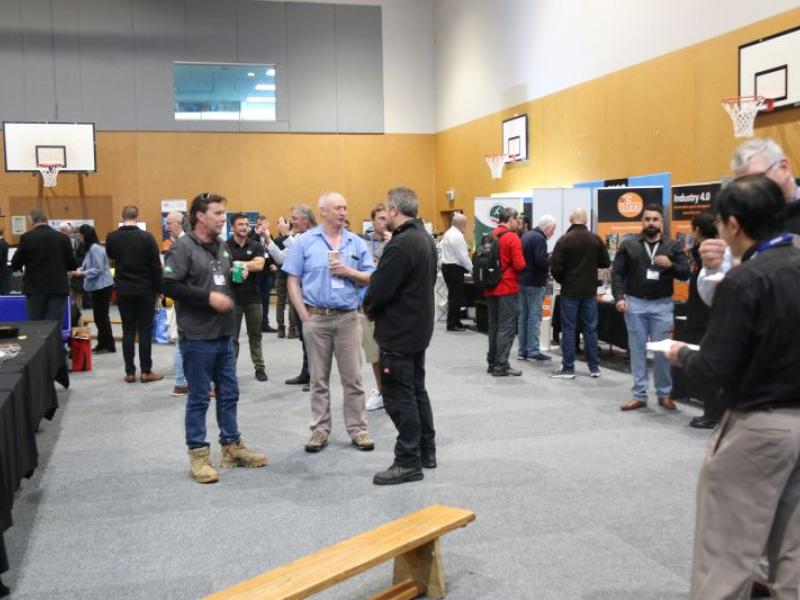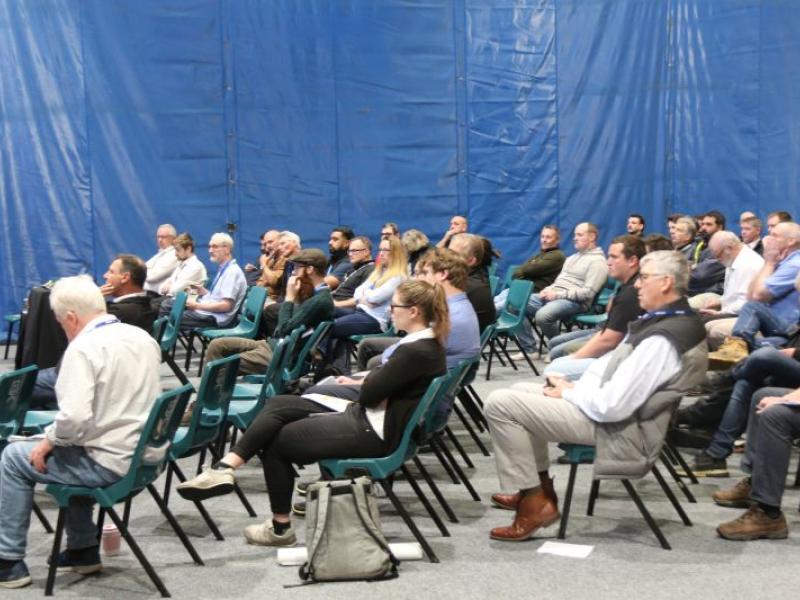Fake products can cause severe damage to machinery and the reputation of a brand, injuries and job loss. It’s high time that New Zealand’s engineers and the manufacturing industries woke up to the serious problems created by counterfeiting, says Larry Wiechern.
DEMM: In DEMM March 2012 we printed an interview in which you touched on the topic of counterfeit bearings. And now you have told me that the SKF head office in Sweden has picked up on that article and asked you for another interview. What’s the story behind it?
Larry: I received a phone call from the New Zealand head office of SKF. Jim Evans, the General Manager, told me that the SKF head office in Sweden had read the DEMM article and were very keen on doing a follow-up story. He was pretty excited about the fact that the Swedes wanted to go global on this issue. Obviously they have realised that counterfeiting poses a serious problem. So Alistair McDuff, a Scotsman who works as a freelance writer for SKF Sweden, rang me to do a half-hour interview on the phone. He was mainly interested in finding out where the counterfeit problem is coming from.
DEMM: And where is it coming from?
Larry: Counterfeit products could originate in any country in the world; it’s not always China. As long as there is easy money to be made, there will be people who produce and distribute fake products. In fact the Chinese Government is worried about the problem as well, because these inferior products are affecting their genuine industry, their own consumers and their worldwide reputation. They are putting a lot of effort into investigating and punishing those involved into counterfeiting products. Only recently they have closed down a counterfeit oil operation, seizing 20,000 barrels of inferior oil.
DEMM: Nobody is purchasing a counterfeit bearing on purpose. How are these inferior products ending up in a machine here in New Zealand?
Larry: Quite often companies are not properly assessing and monitoring their suppliers and contractors. When cost accountants are involved in the purchase process, it is quite likely that the cheapest product will be chosen. People are busy keeping their business going, fighting fires and looking after their jobs. Only a few are interested in the origin of a bearing, V-belt, sprocket, chain or drum of oil – as long as the price is right. It is also possible that a company buys a complete machine – either new or second-hand – which has already some counterfeit products fitted to it. And afterwards, after the damage has occurred and the production stopped, there’s a lot of finger-pointing going on – at the lubrication engineer, the fitter, and even the operator. Hardly anybody thinks of blaming fake products.
DEMM: In our March interview you told me that many engineers and manufacturers are not aware of the seriousness and extend of the counterfeit problem. Are they starting to get the message now?
Larry: The warnings have been highlighted again and again, but the message still doesn’t get to the critical people in the supply chain. We have already talked about the incident in Germany in 2007. Around 40 tons of counterfeit bearings were destroyed with a nominal value of some eight million Euros. There was a similar incident in the Czech Republic in April 2009. Over 30 tons of counterfeit SKF bearings were confiscated at a non-authorised dealer. And in March 2011 around one tonne of counterfeit SKF bearings was seized, and again the dealer was a non-authorised one. The counterfeit bearing problem has been around for a long time, but the engineers I speak to, the people I think should be aware of this problem, seem to have no idea of the serious nature of it.
DEMM: How difficult is it to tell the difference between a fake and the real thing?
Larry: Very difficult. In fact, sometimes the fakes look better than the real bearing. When you open up a fake bearing it will look like a genuine product. But are the internal clearances correct? Is the steel supporting the loads you are going to put it under? Has it been heat-treated correctl? Are there any stress raisers left that could cause a problem? In one case we put a counterfeit bearing under extreme scrutiny. Barry Robinson from SAFE Ltd analysed the ingredients of the steel, and they were ok. Andrew Ouwejan, from Metlab, looked at the steel through the microscope and discovered inclusions in the material. The fake bearing would have failed under load pretty quickly. And once a bearing has failed, how do you determine if it was a fake or not? It has melted, turned black and changed its shape. Was it a fake product or did the failure cause the structure you now see under the microscope?
DEMM: How can a company protect themselves from purchasing fake bearings?
Larry: I have to repeat myself: Always buy from someone you can trust. Don’t buy off the internet, don’t fall for the cheap deals, but go to an authorised supplier. If you buy from a non-authorised dealer, ask where their bearings are coming from. If you are not happy with the answer, go to the next dealer and ask again. The same applies to contractors. Ask them where they are purchasing. I know of one Kiwi company who purchased SKF bearings from a supplier 18 months ago. By chance a SKF employer visiting the company discovered the fakes on a shelf. The company sent the bearings back, claiming 30,000 NZ dollars from the supplier. They are still waiting for the money to be refunded.
By the way: It is not a good idea to buy a bearing off the internet and then ask SKF or FAG if they can tell you whether the product is a fake or not. They just don’t have the time to check it.
DEMM: What else can be done?
Larry: Engineers and decision-makers should attend seminars and conferences, because here they can learn about important issues relevant to their industries, and they can take that knowledge back to their workplaces. We have some very good organisations in this country. I’m talking about the Vibrations Association of New Zealand (VANZ). They run a conference every year in May, and the Maintenance Engineering Society of New Zealand, (MESNZ), and their important conference in Rotorua in November. There is also the SIRF Roundtable Australia. Together they are building a network to inform the industry about issues such as counterfeiting. I am very grateful that these three organisations also work together with the MIT. Every engineer and apprentice coming through my door gets to hear about the counterfeit problem. And then there are magazines such as DEMM that engineers should pick up and read.
We have to look after all the companies who have spent money on research and product development, and invested in New Zealand to supply our industry with high-quality products such as oil, bearings, V-belts, chains and sprockets. If these companies get mortally wounded because of people buying inferior products, their R&D efforts will ultimately grind to a halt, and we all have to pay the price. I want to use this opportunity to thank the New Zealand industry for their ongoing support. Without their making available bearings and other exhibits to the MIT, we could not keep engineers informed about the dangers of fake products, and the resulting failures through not using precision engineering when working on their plant and machinery.






